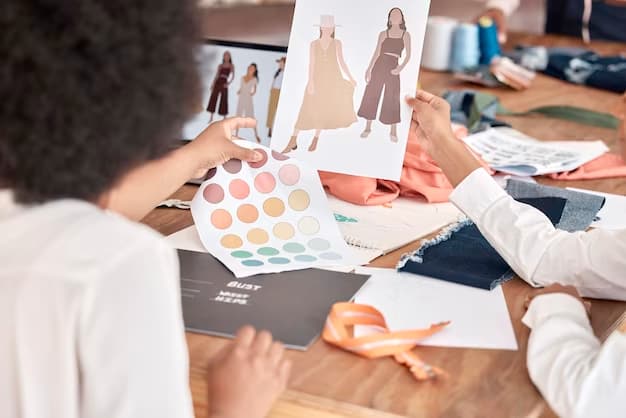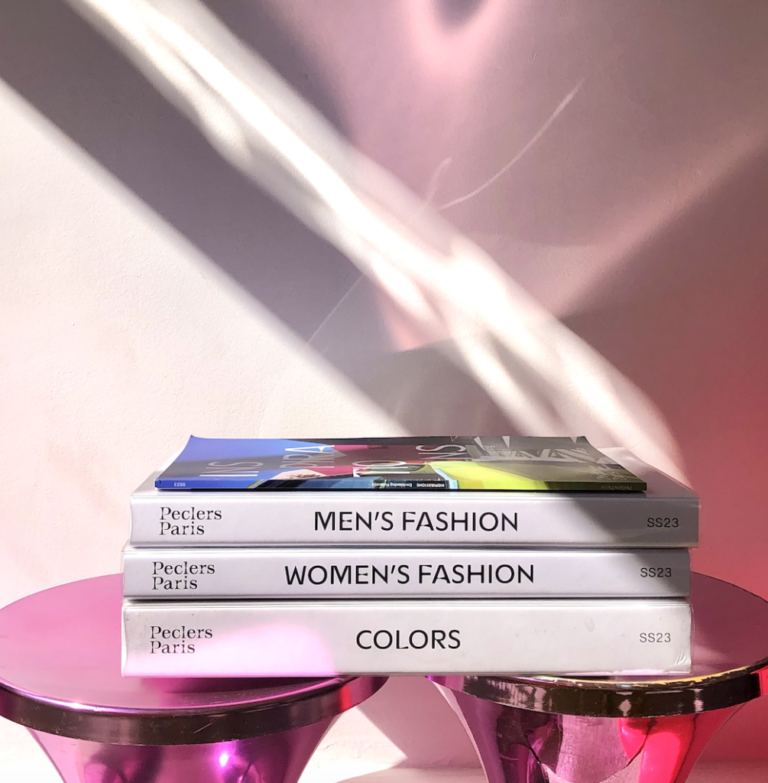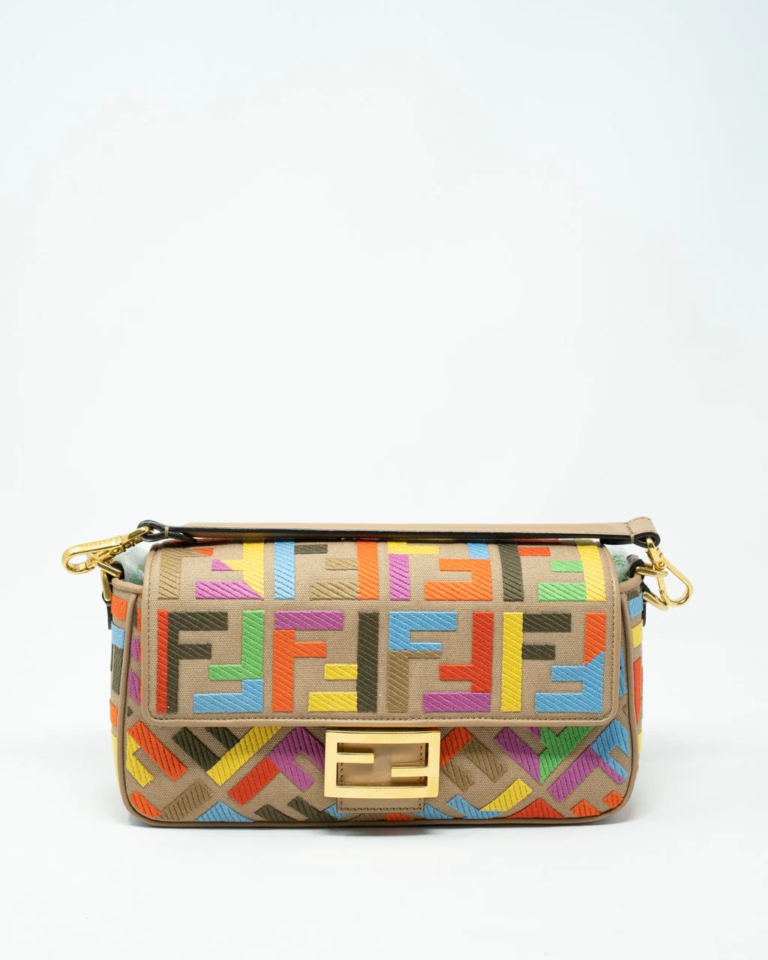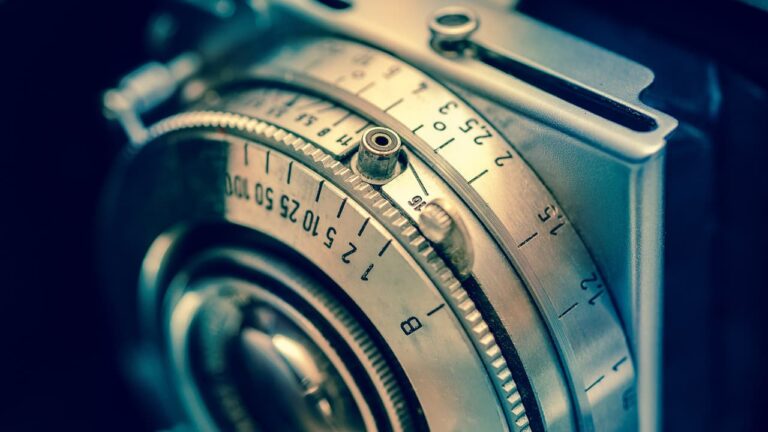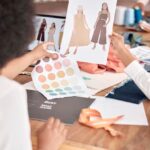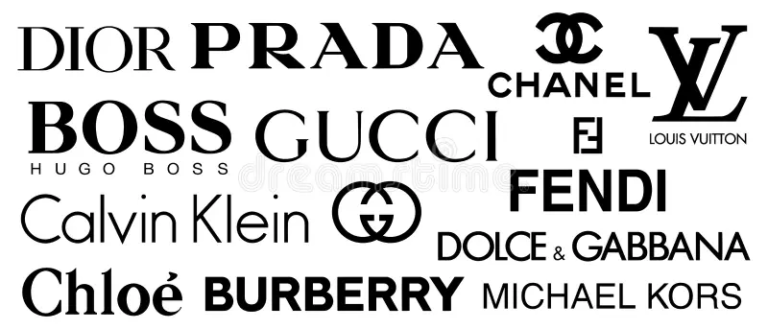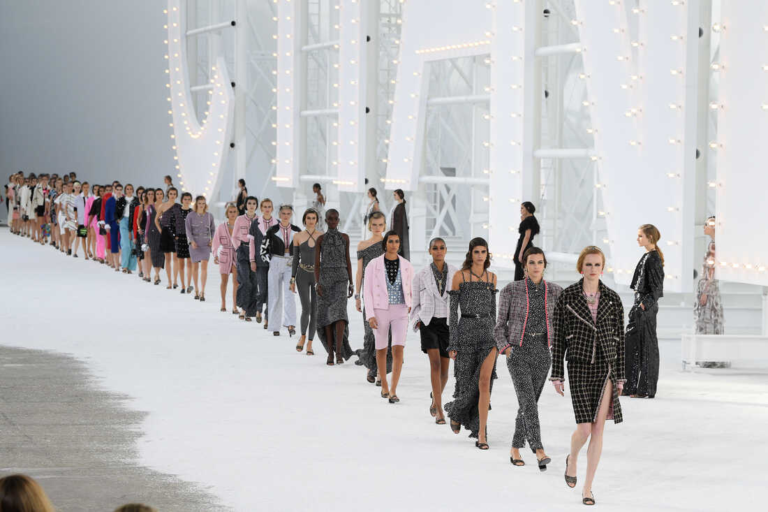Introduction
Whether you’re smitten by the alluring world of fashion or have a natural inclination towards it, remember, there’s more to fashion than just design. Just as a garment has multiple seams and stitches, the fashion industry is made up of myriad roles. One such intriguing role is that of a fashion product developer.
Dive Deep: What Does A Fashion Product Developer Do?
Positioned in the intersecting realms of design and production, a fashion product developer plays a pivotal role in the entire spectrum of fashion product development, right from those first sketches to the final, market-ready piece. They are the linchpin ensuring that innovative design ideas metamorphose into marketable products without compromising on quality, aesthetics, or the brand’s unique voice.
Daily Dose of Duties
Fashion product developers collaborate intensely with technical teams to metamorphose design blueprints into prototypes. This critical step involves translating creative concepts into practical, tangible products. The collaboration entails a seamless exchange of information, ideas, and technical expertise.
- Work closely with pattern makers, seamstresses, and other technical experts.
- Communicate design specifications clearly to ensure accurate prototype development.
- Address and resolve technical challenges that arise during the prototyping phase.
Design Enhancement and Feedback
Offering keen insights to internal and external designers is another vital aspect of their role. Fashion product developers bring a holistic perspective to the design process, suggesting tweaks in design, manufacturing processes, or materials to enhance both aesthetics and functionality.
- Provide constructive feedback to designers to improve design feasibility.
- Evaluate and recommend alternative materials or techniques for cost-effectiveness and quality.
- Ensure designs align with the brand’s identity and vision.
Tech Pack Creation
Crafting meticulous tech packs is an essential task for fashion product developers. These documents serve as comprehensive guides for the design teams and manufacturers. Tech packs include detailed information on garment construction, materials, measurements, and assembly instructions.
- Create accurate and detailed tech packs for each product in the collection.
- Keep tech packs updated as designs evolve or production processes change.
- Ensure tech packs facilitate efficient and error-free production.
Material Sourcing
Fashion product developers engage proactively in sourcing the perfect materials. This responsibility often takes them across continents to discover unique fabrics, trims, and components that align with the brand’s vision. The goal is to find materials that balance aesthetics, functionality, and cost-effectiveness.
- Research and identify potential suppliers for fabrics, trims, and hardware.
- Negotiate prices, minimum order quantities, and delivery schedules with suppliers.
- Maintain a diverse and sustainable network of material sources.
Supplier Relationships
Maintaining robust relationships with global factories is crucial for fashion product developers. These relationships ensure a seamless flow in the sourcing of materials and maintain a vigilant eye on sample quality. Effective communication and collaboration with suppliers are key to successful product development.
- Establish and nurture relationships with trusted suppliers and manufacturers.
- Monitor production schedules and quality control processes at partner factories.
- Resolve any production-related issues promptly to avoid delays or quality compromises.
Trend Research and Market Awareness
Engaging in periodic trend research is essential to stay au courant with market dynamics and popular styles. Fashion product developers must anticipate consumer preferences and emerging trends to guide the design and development process effectively.
- Attend fashion shows, trade fairs, and industry events to stay updated on trends.
- Analyze consumer behavior and market data to make informed decisions.
- Adapt product development strategies to align with evolving market demands.
Skill Set for Success in Fashion Product Development
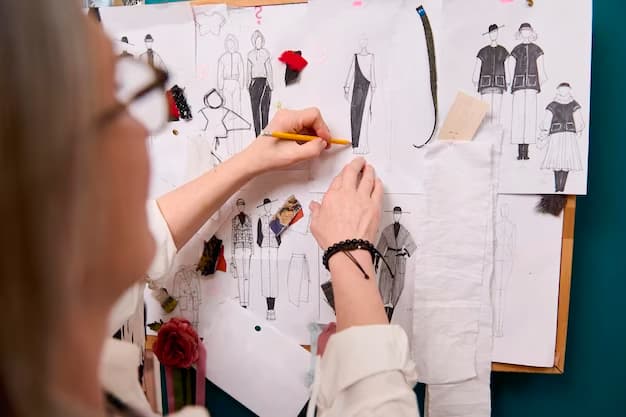
Whether you are aspiring to be a fashion designer, product developer, or part of a fashion brand’s creative team, having the right skills is essential for success. Let’s explore the key skills needed for a thriving career in fashion product development.
Design and Product Acumen
To succeed in fashion product development, you must have a deep understanding of design principles and product development processes. This includes knowing how to work with different textiles, fabrics, and materials, as well as understanding consumer behaviors and preferences.
Key Components:
- Textile Knowledge: Familiarity with various textiles, their properties, and how they influence garment design and quality.
- Consumer Insights: The ability to analyze market trends, customer preferences, and cultural influences to create products that resonate with target audiences.
- Garment Construction: Proficiency in garment construction techniques, including pattern-making, sewing, and finishing.
Trend Mastery
Fashion is a dynamic industry that constantly evolves. While fashion product developers may not be directly involved in trend forecasting, staying up-to-date with the latest fashion trends is crucial for creating relevant and appealing products.
Key Components:
- Market Research: Regularly conducting market research to identify emerging trends in fashion, colors, fabrics, and styles.
- Fashion Publications: Subscribing to fashion magazines, blogs, and attending fashion shows to stay informed about the latest industry developments.
- Competitor Analysis: Analyzing the product offerings of competitors to identify gaps and opportunities.
Tech-Savviness
In the modern fashion industry, technology plays a vital role in product development. Proficiency in software tools such as MS Excel and Adobe Illustrator is essential for designing, communicating ideas, and managing product development processes efficiently.
Key Components:
- Adobe Illustrator: Mastering this software for creating detailed fashion sketches, technical drawings, and fashion illustrations.
- MS Excel: Using Excel for inventory management, cost calculations, and data analysis.
- 3D Modeling Software: Familiarity with 3D modeling tools can be advantageous for visualizing designs and creating prototypes.
Communication Prowess
Effective communication is critical for building and maintaining positive relationships across the product development spectrum. This includes collaborating with designers, suppliers, manufacturers, and marketing teams.
Key Components:
- Clear Articulation: Expressing ideas, concepts, and requirements clearly and concisely to ensure everyone is on the same page.
- Active Listening: Actively listening to feedback and incorporating suggestions to improve product designs and development processes.
- Cross-Functional Collaboration: Working seamlessly with colleagues from various departments, including design, marketing, and production.
Keen Eye for Detail
Attention to detail is especially vital when working with luxury brands or producing high-quality fashion products. Small errors in design or production can have a significant impact on the final product’s quality and appeal.
Key Components:
- Quality Control: Implementing rigorous quality control processes to ensure that products meet the highest standards of craftsmanship.
- Precision in Design: Paying meticulous attention to design elements, including stitching, fabric selection, and embellishments.
- Consistency: Maintaining consistency in design and quality across product lines.
Time-Management
Fashion product development often involves juggling multiple tasks, meeting tight deadlines, and adhering to production schedules. Effective time-management skills are essential to keep projects on track.
Key Components:
- Prioritization: Identifying and prioritizing tasks based on urgency and importance.
- Project Planning: Creating detailed project plans with milestones and deadlines to ensure timely completion.
- Adaptability: Being able to adjust schedules and plans in response to unexpected challenges or opportunities.
Problem-Solving Pizzazz
Fashion product development is not without its challenges. Being a solution-provider with a positive and proactive attitude is invaluable when faced with obstacles or setbacks.
Key Components:
- Creativity: Thinking outside the box to find innovative solutions to design, production, and logistical problems.
- Resilience: Maintaining composure and determination when facing tight deadlines, supply chain disruptions, or unexpected design issues.
- Team Collaboration: Collaborating with cross-functional teams to brainstorm and implement solutions collectively.
Decoding the Academic Route
While some individuals choose to pursue specialized courses dedicated to this niche, others leverage their existing academic backgrounds to break into the industry. Let’s explore how traditional degrees in areas like art history or business can be instrumental in acquiring the necessary skills for a career in fashion product development. We’ll also highlight the importance of online platforms for staying updated on software tools and fashion trends.
Art History Background
- Visual Aesthetics: Art history graduates possess a deep understanding of visual aesthetics, which is invaluable when designing fashion products. They can apply their knowledge of art movements, color theory, and composition to create visually stunning pieces.
- Historical Context: Fashion often draws inspiration from historical eras. Art history graduates can analyze historical clothing styles, textiles, and trends to inform their designs, ensuring authenticity and uniqueness.
- Research Skills: Research is a crucial component of fashion product development. Art history majors are skilled in conducting in-depth research, which can be applied to studying market trends, consumer preferences, and historical references.
Business Background
- Market Analysis: Business graduates excel in market analysis, helping them identify consumer needs and market gaps. This skill is vital when determining what fashion products to develop and sell.
- Financial Management: Managing budgets and financial resources is a significant aspect of fashion product development. Business-oriented individuals can efficiently handle the financial aspects of their projects.
- Entrepreneurship: Many successful fashion product developers start their own brands. A business background equips individuals with the skills needed to launch and run a fashion business successfully.
Enhancing Skills with Online Platforms
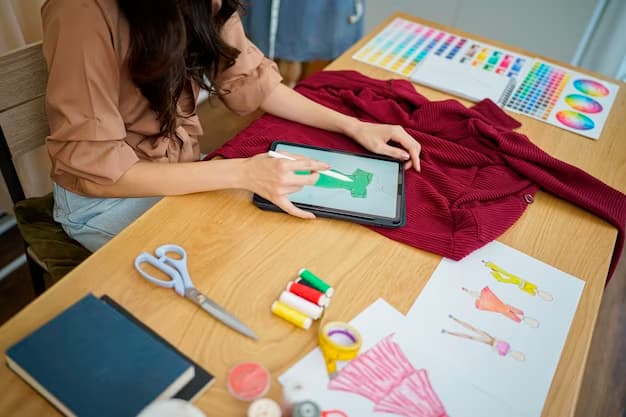
In addition to leveraging their academic backgrounds, aspiring fashion product developers can use online platforms to acquire the specific skills required for success in the industry. Here are some ways to make the most of online resources:
Software Tools Mastery
Fashion product development often involves using various design and production software tools. Online platforms like Coursera, Udemy, and Skillshare offer courses on software such as Adobe Illustrator, Photoshop, and 3D modeling programs. These courses provide hands-on training to master these essential tools.
Table: Popular Online Courses for Software Mastery
| Platform | Course | Description |
|---|---|---|
| Coursera | Fashion Design Software Training | Comprehensive training in design software |
| Udemy | Adobe Illustrator Masterclass | In-depth guide to mastering Illustrator |
| Skillshare | 3D Modeling for Fashion Design | Learn 3D modeling for product development |
Fashion Trend Awareness
Staying up-to-date with fashion trends is crucial for product development. Online resources, such as fashion blogs, trend forecasting websites, and social media platforms like Instagram and Pinterest, provide valuable insights into current fashion trends and consumer preferences.
Table: Online Resources for Fashion Trend Awareness
| Platform | Resource | Description |
|---|---|---|
| Fashion Influencers | Follow influencers for trend updates | |
| Trend Mood Boards | Create boards for collecting trends | |
| Trend Forecasting | WGSN, Fashion Snoops | Subscription-based trend forecasting |
Conclusion
The realm of fashion product development is exhilarating. With the right skill set, passion, and drive, this could very well be your calling in the expansive world of fashion. Whether it’s collaborating with designers, traveling to far-off lands for the perfect fabric, or being the harbinger of innovative trends, this role promises dynamism and creativity at every turn.
For enhanced comprehension, refer to this video. It provides a visual deep dive into the multifaceted world of fashion product development.
FAQs
No, while it’s beneficial, what matters most is your passion for the industry and the skills you bring.
Absolutely! Interning can offer invaluable insights into sourcing and lay a robust foundation for your career.
Yes, gaining experience in design, merchandising, or trend forecasting can also be beneficial.
A cold email is a proactive step. By reaching out directly to potential employers, you display initiative and drive.
